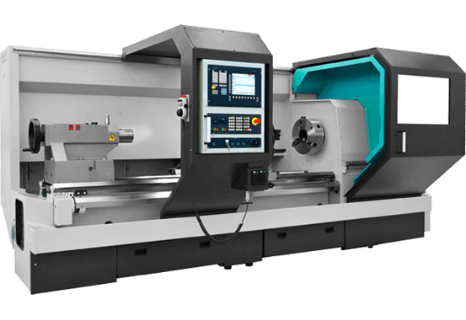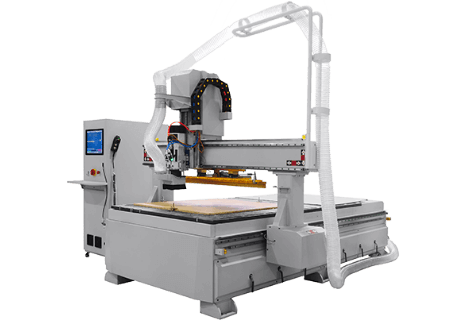The modern rotary transfer machine can be fitted with several tools to create finished component parts during one production cycle. Among the tools most commonly used on today’s transfer machines include those for punching, stamping, spinning, milling, turning and drilling.
The first rotary transfer machines were controlled by trained operatives. However, a modern rotary indexing table transfer machine can carry out the majority of the manufacturing process on an automated basis. This is because CNC systems carry out precise tasks according to instructions from computer programs. This highly advanced revolving machine is cam-operated, which means time isn’t wasted on continually switching workpieces and reloading.
Advanced rotary transfer machines are capable of processing tens of millions of workpieces every year. They can be adapted to cope with a wide selection of operations, including threading, recessing, drilling, marking, deburring and many more. The sizes of workpieces processed by transfer machines range from just a few millimetres to half a metre.
These advanced metalworking machines are capable of processing very small component parts very quickly. It is not unusual for a large-scale manufacturing plant to employ the use of up to 12 workstations and 30 separate machining tools at the same time. Production lead times can be further reduced with the addition of three-sided processing and automatic re-clamping.








